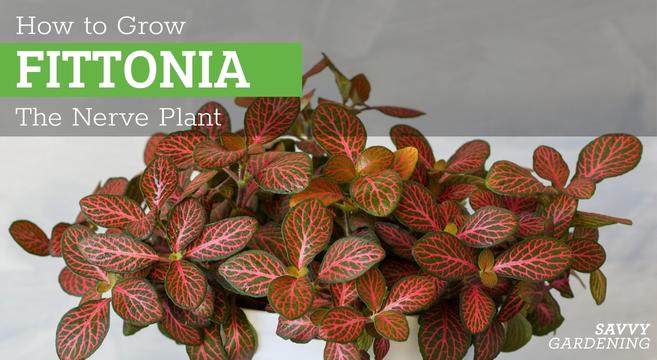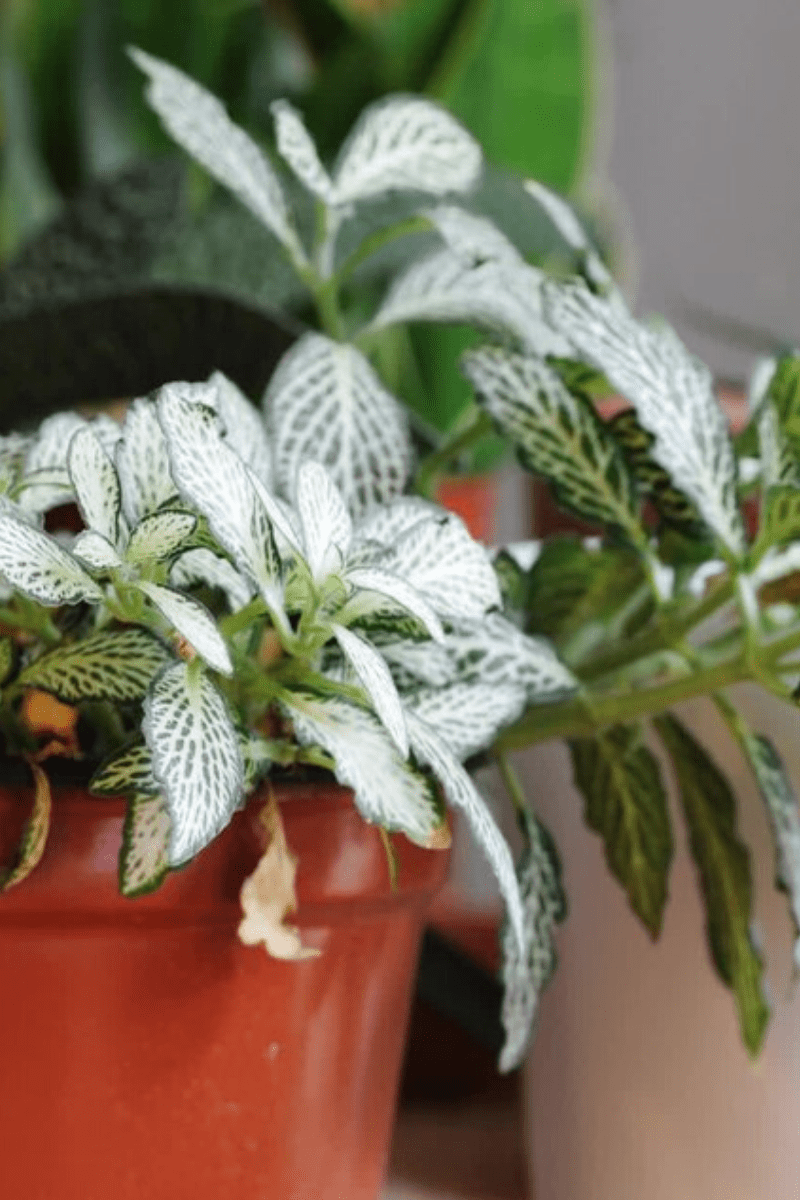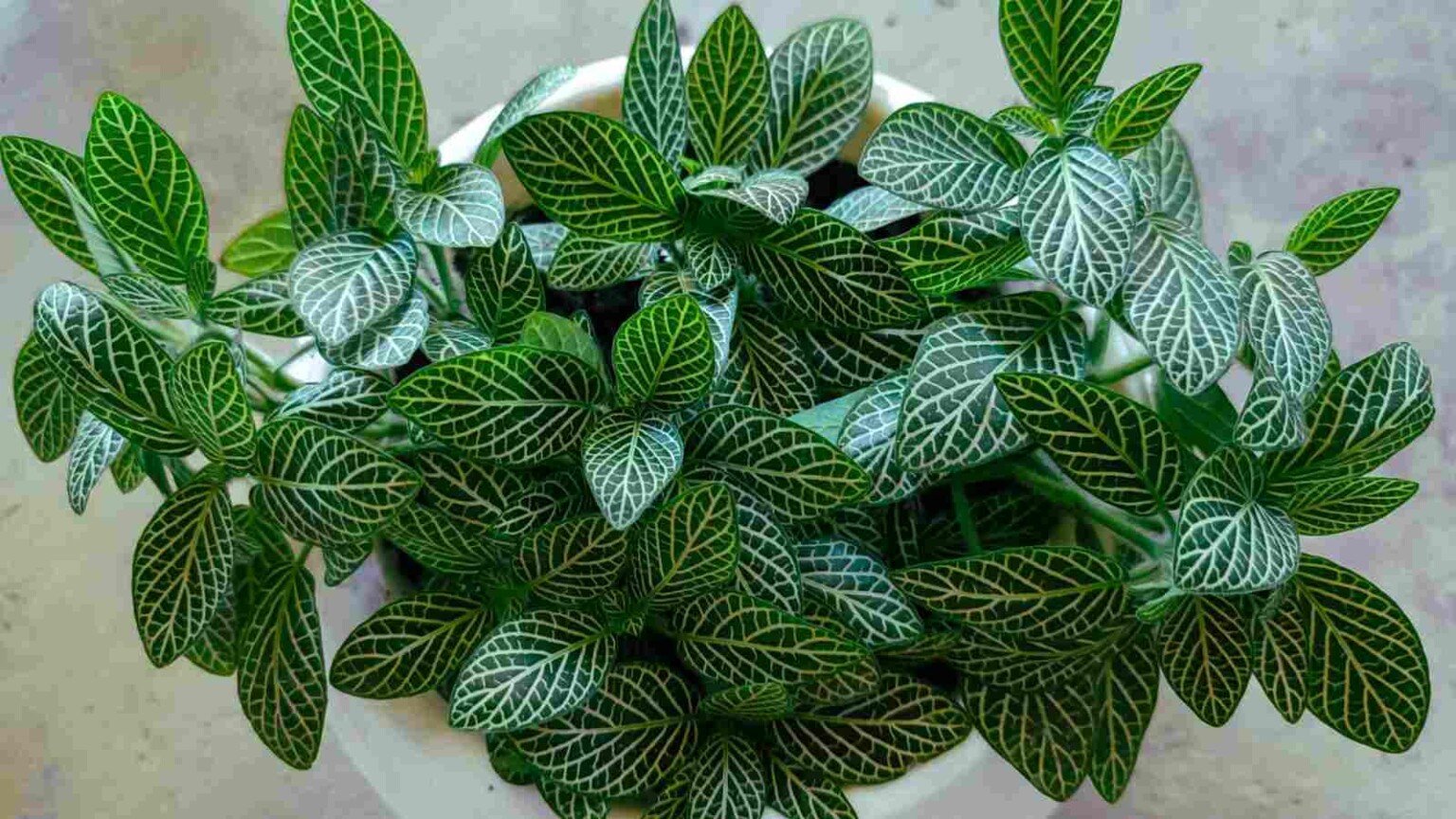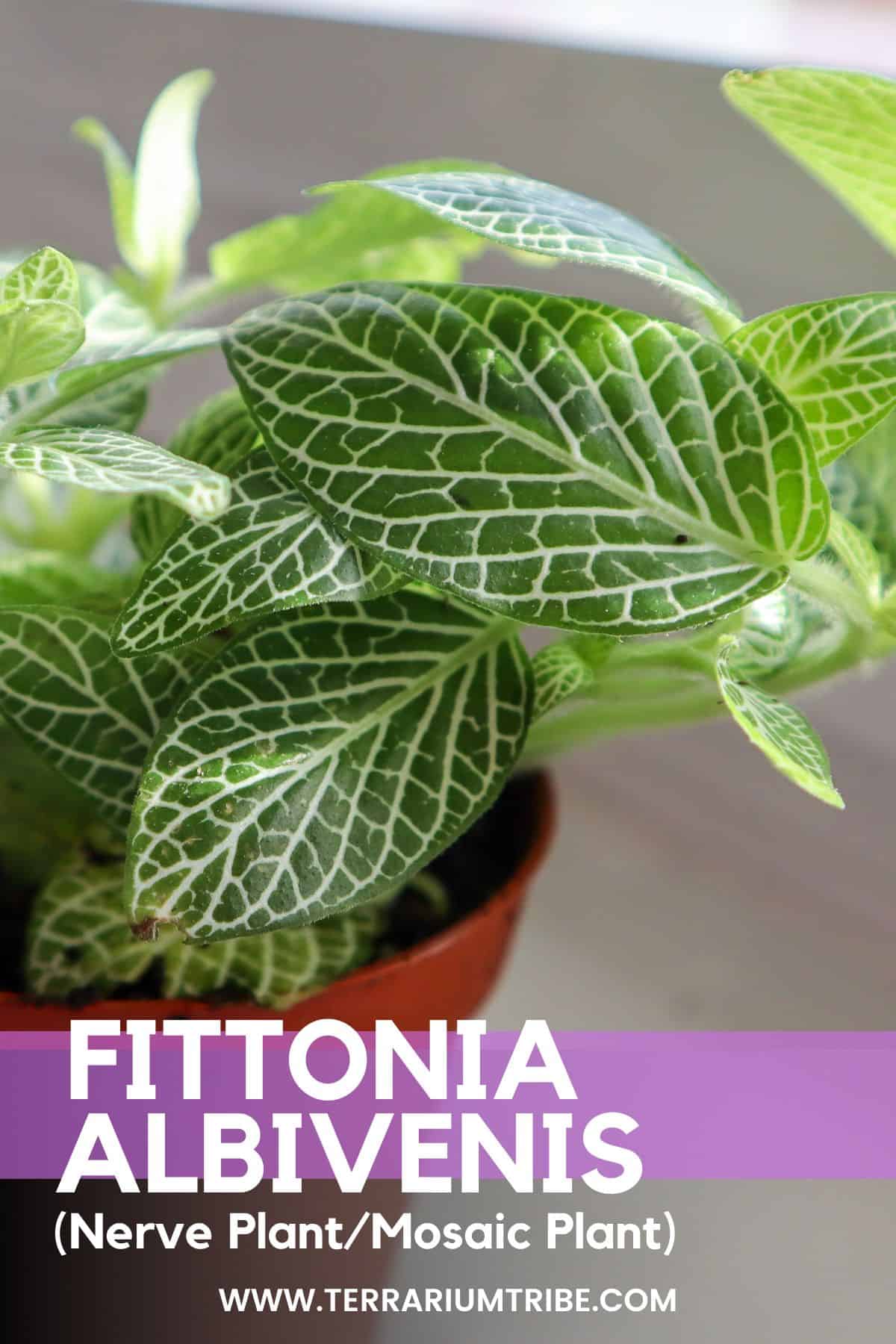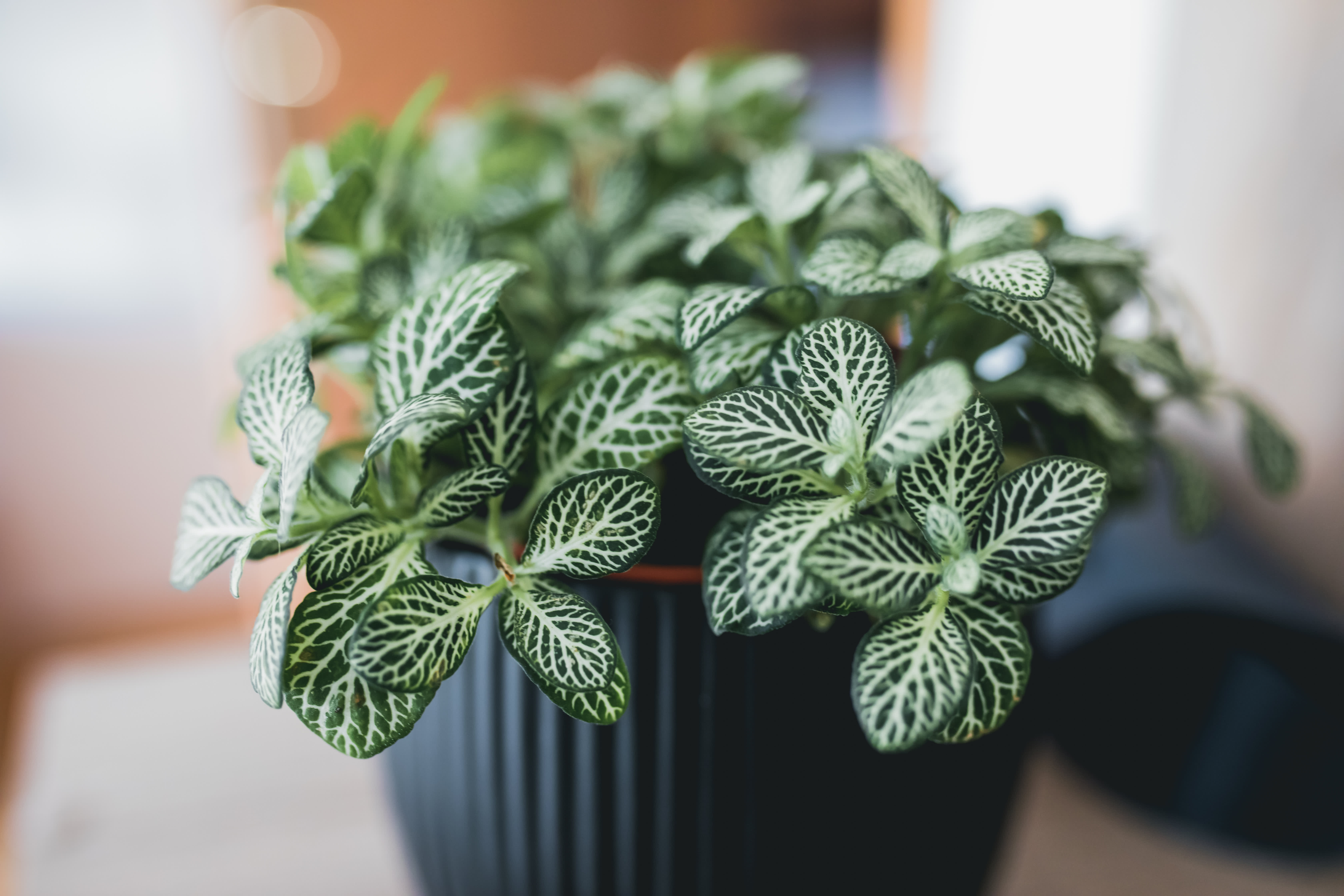How To Care For Nerve Plant
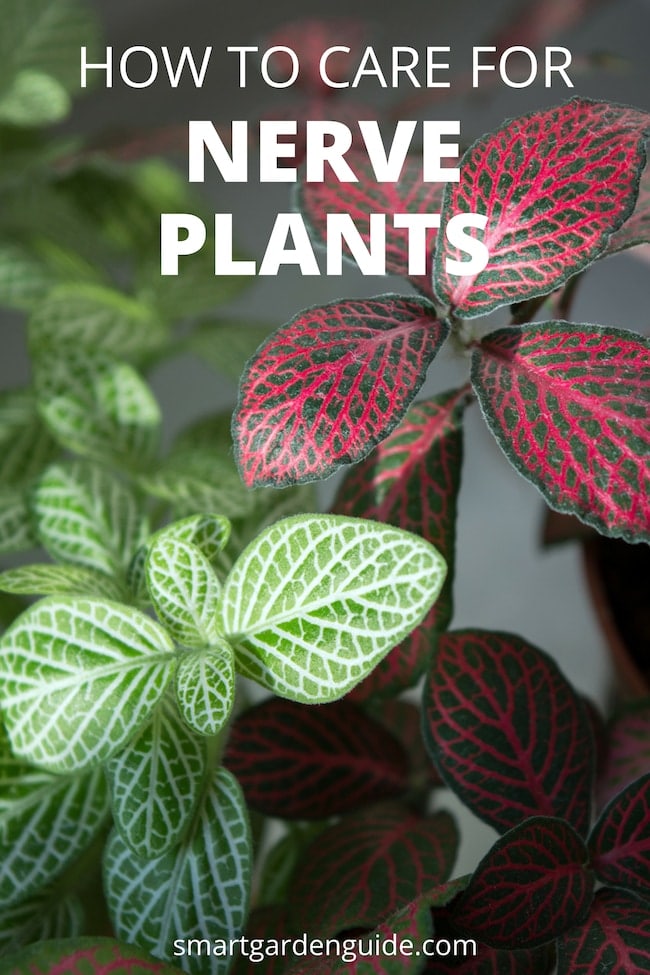
The nerve plant, with its captivating network of veins that resemble intricate circuitry, has become a popular choice for adding a touch of vibrancy to indoor spaces. However, its delicate nature often leads to frustration for novice plant owners. Mastering the art of nerve plant care requires understanding its specific needs, from humidity levels to watering schedules, to unlock its full potential and prevent the dreaded wilt.
This article serves as a comprehensive guide to nurturing your nerve plant, transforming it from a finicky foliage into a thriving centerpiece. We will delve into the essential aspects of nerve plant care, drawing upon expert advice and proven techniques to ensure its long-term health and beauty. Let's embark on a journey to understand the secrets of keeping your Fittonia happy and flourishing.
Understanding the Nerve Plant's Needs
The Fittonia, also known as the nerve plant or mosaic plant, originates from the tropical rainforests of South America, specifically Peru and other regions. This origin provides crucial clues to its ideal growing conditions. Replicating these conditions within your home is key to success.
Light and Location
Nerve plants thrive in bright, indirect light. Avoid direct sunlight, as it can scorch their delicate leaves. An east-facing window is often ideal, providing gentle morning light without the harshness of the afternoon sun.
If you don't have a suitable window, consider using a sheer curtain to filter the light from a south- or west-facing window. Alternatively, artificial grow lights can supplement natural light, especially during the darker winter months.
Watering and Humidity
Maintaining consistent moisture is critical for nerve plant care. The soil should be kept consistently moist, but not soggy. Allow the top inch of soil to dry out slightly before watering again.
Nerve plants are notorious for their dramatic wilting when they are thirsty, quickly recovering once watered. However, allowing them to dry out too often can stress the plant and lead to leaf drop. Humidity is equally important, mimicking their native rainforest environment.
Aim for humidity levels between 60% and 80%. This can be achieved by using a humidifier, placing the plant on a pebble tray filled with water, or grouping it with other plants to create a humid microclimate.
Soil and Fertilization
Use a well-draining potting mix that retains moisture. A mix of peat moss, perlite, and vermiculite is a good option. This combination provides adequate drainage while ensuring the soil remains slightly moist.
Fertilize your nerve plant sparingly during the growing season (spring and summer). Use a balanced liquid fertilizer diluted to half strength every two to four weeks. Avoid fertilizing during the dormant season (fall and winter).
Common Issues and Solutions
Nerve plants, while relatively easy to care for once their needs are understood, can be susceptible to a few common issues. Recognizing these problems early and addressing them promptly will help keep your plant healthy.
Wilting Leaves
Wilting leaves are often the first sign that something is amiss. The most common cause is underwatering. Check the soil moisture and water thoroughly if it feels dry to the touch.
However, wilting can also be caused by overwatering, which can lead to root rot. Ensure your pot has adequate drainage and avoid letting the plant sit in standing water.
Brown or Crispy Leaves
Brown or crispy leaf edges are usually a sign of low humidity or dry air. Increase the humidity around the plant by using a humidifier or pebble tray. Avoid placing the plant near drafts or heating vents.
Over-fertilization can also cause brown leaf tips. Reduce the frequency and concentration of fertilizer applications. Flush the soil with water to remove excess salts.
Pests and Diseases
Nerve plants can occasionally be affected by pests such as mealybugs, spider mites, and aphids. Inspect your plant regularly for signs of infestation, such as sticky residue, webbing, or visible insects.
Treat infestations with insecticidal soap or neem oil. Ensure thorough coverage of all plant surfaces, including the undersides of leaves. Root rot, a fungal disease, can occur if the plant is consistently overwatered. Ensure proper drainage and avoid letting the plant sit in soggy soil.
Propagation Techniques
Propagating nerve plants is a rewarding way to expand your collection or share with friends. The easiest methods are stem cuttings and division. Stem cuttings involve taking a cutting from a healthy stem and rooting it in water or soil.
Cuttings should be approximately 4-6 inches long, with at least two nodes (the points where leaves emerge). Remove the lower leaves and place the cutting in water or directly into a pot filled with moist potting mix. Keep the cutting in a warm, humid environment and roots should develop within a few weeks.
Division involves separating the plant at the root ball. This is best done in the spring, when the plant is actively growing. Gently remove the plant from its pot and carefully separate the roots into two or more sections. Replant each section in its own pot.
The Future of Nerve Plant Care
Advances in indoor gardening technology continue to shape the future of nerve plant care. Self-watering pots and smart humidity monitors are becoming increasingly accessible, allowing plant owners to maintain optimal conditions with ease. Furthermore, research into soil compositions and nutrient requirements is leading to more effective fertilizers and growing mediums tailored specifically for Fittonia.
The growing popularity of nerve plants has also spurred the development of new cultivars with unique leaf patterns and colors. These advancements make nerve plants an increasingly versatile and appealing choice for adding a touch of nature to any indoor space. With continued research and innovation, caring for these delicate beauties will become even more accessible and rewarding for plant enthusiasts of all levels.
By understanding their specific needs and addressing potential issues promptly, you can ensure that your Fittonia thrives and brings beauty to your home for years to come. Embrace the journey of learning and observation, and you will be rewarded with a vibrant and healthy nerve plant that captures the essence of the tropics.


:max_bytes(150000):strip_icc()/nerve-plant-461f73ae-99d2cfa3dc8541ac9476f832f2997c06.jpg)

:max_bytes(150000):strip_icc()/Nerve_plant-5c3a2a35c9e77c0001b68fe7.jpg)



